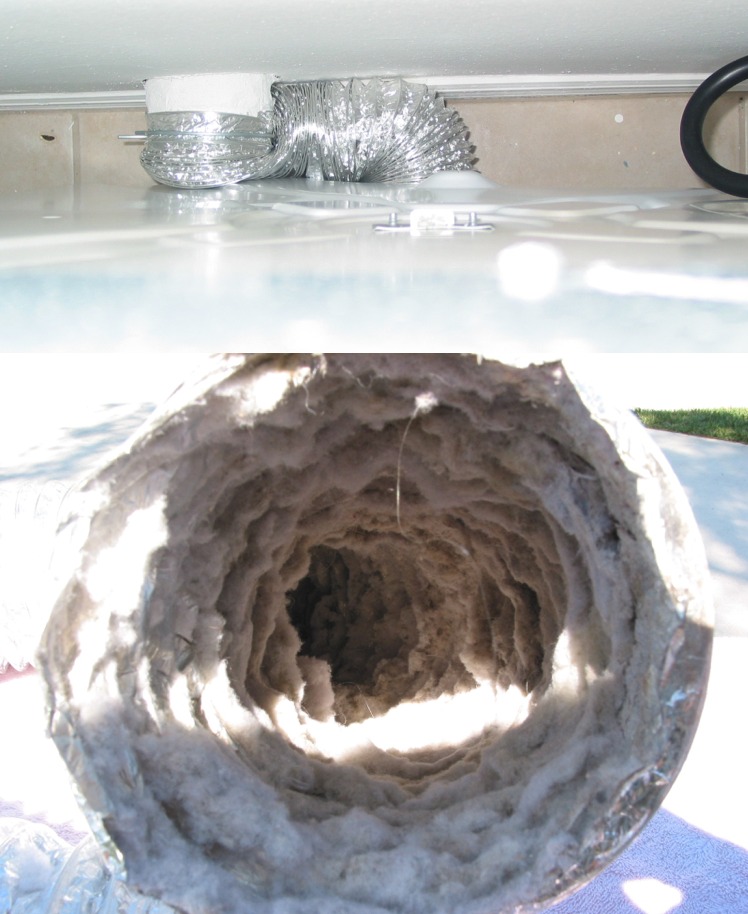|
Timers
A timer or countdown timer is a type of clock that starts from a specified time duration and stops upon reaching 00:00. It can also usually be stopped manually before the whole duration has elapsed. An example of a simple timer is an hourglass. Commonly, a timer triggers an alarm when it ends. A timer can be implemented through hardware or software. ''Stopwatches'' operate in the opposite direction, upwards from 00:00, measuring elapsed time since a given time instant. ''Time switches'' are timers that control an electric switch. Hardware Mechanical Mechanical timers use clockwork to measure time. Manual timers are typically set by turning a dial to the time interval desired, turning the dial stores energy in a mainspring to run the mechanism. They function similarly to a mechanical alarm clock, the energy in the mainspring causes a balance wheel to rotate back and forth. Each swing of the wheel releases the gear train to move forward by a small fixed amount, causing the ... [...More Info...] [...Related Items...] OR: [Wikipedia] [Google] [Baidu] |
Time Switch
A time switch (also called a timer switch, or simply timer) is a device that operates an electric switch controlled by a timer. Intermatic introduced its first time switch in 1945, which was used for "electric signs, store window lighting, apartment hall lights, stokers, and oil and gas burners." A consumer version was added in 1952. The switch may be connected to an electric circuit operating from mains power, including via a relay or contactor; or extra-low voltage, low voltage, including battery (electricity), battery-operated equipment in vehicles. It may be built into power circuits (as with a central heating or water heating, water heater timer), plugged into a AC power plugs and sockets, wall outlet with equipment plugged into the timer instead of directly into the power point; or built into equipment. Types Sleep timer A sleep timer is a function on many modern televisions and other electronic devices that shuts off the power after a preset amount of time. The sett ... [...More Info...] [...Related Items...] OR: [Wikipedia] [Google] [Baidu] |
Stopwatch
A stopwatch is a timepiece designed to measure the amount of time that elapses between its activation and deactivation. A large digital version of a stopwatch designed for viewing at a distance, as in a sports stadium, is called a stop clock. In manual timing, the clock is started and stopped by a person pressing a button. In fully automatic time, both starting and stopping are triggered automatically, by sensor. The timing functions are traditionally controlled by two buttons on the case. Pressing the top button starts the timer running, and pressing the button a second time stops it, leaving the elapsed time displayed. A press of the second button then resets the stopwatch to zero. The second button is also used to record ''split times'' or ''lap times''. When the split time button is pressed while the watch is running it allows the elapsed time to that point to be read, but the watch mechanism continues running to record total elapsed time. Pressing the split button a ... [...More Info...] [...Related Items...] OR: [Wikipedia] [Google] [Baidu] |
Turn Signal
Automotive lighting is functional exterior lighting in vehicles. A motor vehicle has lighting and signaling devices mounted to or integrated into its front, rear, sides, and, in some cases, top. Various devices have the dual function of illuminating the road ahead for the driver, and making the vehicle visible to others, with indications to them of turning, slowing or stopping, etc., with lights also indicating the size of some large vehicles. Many emergency vehicles have Emergency vehicle lighting, distinctive lighting equipment to warn drivers of their presence. History Early road vehicles used Oil lamp, fuelled lamps before the availability of electric lighting. The first Ford Model T used carbide lamps for headlights and oil lamps for tail lights. It did not have all-electric lighting as a standard feature until several years after its introduction. Dynamos for automobile headlights were first fitted around 1908 and became commonplace in 1920s automobiles. Trafficators—s ... [...More Info...] [...Related Items...] OR: [Wikipedia] [Google] [Baidu] |
Relay
A relay Electromechanical relay schematic showing a control coil, four pairs of normally open and one pair of normally closed contacts An automotive-style miniature relay with the dust cover taken off A relay is an electrically operated switch. It has a set of input terminals for one or more control signals, and a set of operating contact terminals. The switch may have any number of contacts in multiple contact forms, such as make contacts, break contacts, or combinations thereof. Relays are used to control a circuit by an independent low-power signal and to control several circuits by one signal. They were first used in long-distance telegraph circuits as signal repeaters that transmit a refreshed copy of the incoming signal onto another circuit. Relays were used extensively in telephone exchanges and early computers to perform logical operations. The traditional electromechanical relay uses an electromagnet to close or open the contacts, but relays using other operati ... [...More Info...] [...Related Items...] OR: [Wikipedia] [Google] [Baidu] |
Dishwasher
A dishwasher is a machine that is used to clean dishware, cookware, and cutlery automatically. Unlike dishwashing, manual dishwashing, which relies on physical scrubbing to remove soiling, the mechanical dishwasher cleans by spraying hot water, typically between , at the dishes, with lower temperatures of water used for delicate items. A mix of water and dishwasher detergent is pumped to one or more rotating sprayers, cleaning the dishes with the cleaning mixture. The mixture is recirculated to save water and energy. Often there is a pre-rinse, which may or may not include detergent, and the water is then drained. This is followed by the main wash with fresh water and detergent. Once the wash is finished, the water is drained; more hot water enters the tub by means of an electromechanical solenoid valve, and the rinse cycle(s) begin. After the rinse process finishes, the water is drained again and the dishes are dried using one of several drying methods. Typically a rinse aid ... [...More Info...] [...Related Items...] OR: [Wikipedia] [Google] [Baidu] |
Clothes Dryer
A clothes dryer (tumble dryer, drying machine, drying device, or simply dryer) is a powered Home appliance, household appliance that is used to remove moisture from a load of clothing, bedding and other textiles, usually after they are washed in the washing machine. Many dryers consist of a rotating drum called a "tumbler" through which heated air is circulated to evaporate moisture while the tumbler is rotated to maintain air space between the articles. Using such a machine may cause clothes to Shrinkage (fabric), shrink or become less soft (due to loss of short soft fibers). A simpler non-rotating machine called a "drying cabinet" may be used for delicate fabrics and other items not suitable for a tumble dryer. Other machines include steam to de-shrink clothes and avoid ironing. Tumble dryers Tumble dryers continuously draw in the Ambient air quality criteria, ambient air around them and heat it before passing it through the tumbler. The resulting hot, humid air is usually vent ... [...More Info...] [...Related Items...] OR: [Wikipedia] [Google] [Baidu] |
Washing Machine
A washing machine (laundry machine, clothes washer, washer, or simply wash) is a machine designed to laundry, launder clothing. The term is mostly applied to machines that use water. Other ways of doing laundry include dry cleaning (which uses alternative cleaning fluids and is performed by specialist businesses) and ultrasonic cleaning. Modern-day home appliances use electric power to automatically clean clothes. The user adds laundry detergent, which is sold in liquid, powder, or dehydrated sheet form, to the wash water. The machines are also found in commercial laundromats where customers pay-per-use. History Washing by hand Laundering by hand involves soaking, beating, scrubbing, and rinsing dirty textiles. Before indoor plumbing, it was necessary to carry all the water used for washing, boiling, and rinsing the laundry from a pump, Water well, well, or Spring (hydrology), spring. Water for the laundry would be hand-carried, heated on a fire for washing, and then poured i ... [...More Info...] [...Related Items...] OR: [Wikipedia] [Google] [Baidu] |
Gear
A gear or gearwheel is a rotating machine part typically used to transmit rotational motion and/or torque by means of a series of teeth that engage with compatible teeth of another gear or other part. The teeth can be integral saliences or cavities machined on the part, or separate pegs inserted into it. In the latter case, the gear is usually called a cogwheel. A cog may be one of those pegsDefinition of "cog" in the ''Oxford Learner's Dictionary'' online. Accessed on 2024-07-29.Definition of "cog" in the ''Merriam-Webster Dictionary'' online. Accessed on 2024-07-29. [...More Info...] [...Related Items...] OR: [Wikipedia] [Google] [Baidu] |
Electric Motor
An electric motor is a machine that converts electrical energy into mechanical energy. Most electric motors operate through the interaction between the motor's magnetic field and electric current in a electromagnetic coil, wire winding to generate Laplace force in the form of torque applied on the motor's shaft. An electric generator is mechanically identical to an electric motor, but operates in reverse, converting mechanical energy into electrical energy. Electric motors can be powered by direct current (DC) sources, such as from batteries or rectifiers, or by alternating current (AC) sources, such as a power grid, Inverter (electrical), inverters or electrical generators. Electric motors may also be classified by considerations such as power source type, construction, application and type of motion output. They can be brushed motor, brushed or brushless motor, brushless, single-phase electric power, single-phase, two-phase electric power, two-phase, or three-phase electric p ... [...More Info...] [...Related Items...] OR: [Wikipedia] [Google] [Baidu] |
Alternating Current
Alternating current (AC) is an electric current that periodically reverses direction and changes its magnitude continuously with time, in contrast to direct current (DC), which flows only in one direction. Alternating current is the form in which electric power is delivered to businesses and residences, and it is the form of electrical energy that consumers typically use when they plug kitchen appliances, televisions, Fan (machine), fans and electric lamps into a wall socket. The abbreviations ''AC'' and ''DC'' are often used to mean simply ''alternating'' and ''direct'', respectively, as when they modify ''Electric current, current'' or ''voltage''. The usual waveform of alternating current in most electric power circuits is a sine wave, whose positive half-period corresponds with positive direction of the current and vice versa (the full period is called a ''wave cycle, cycle''). "Alternating current" most commonly refers to power distribution, but a wide range of other appl ... [...More Info...] [...Related Items...] OR: [Wikipedia] [Google] [Baidu] |
Synchronous Motor
A synchronous electric motor is an AC electric motor in which, at steady state, the rotation of the shaft is synchronized with the frequency of the supply current; the rotation period is exactly equal to an integer number of AC cycles. Synchronous motors use electromagnets as the stator of the motor which create a magnetic field that rotates in time with the oscillations of the current. The rotor with permanent magnets or electromagnets turns in step with the stator field at the same rate and as a result, provides the second synchronized rotating magnet field. Doubly fed synchronous motors use independently-excited multiphase AC electromagnets for both rotor and stator. Synchronous and induction motors are the most widely used AC motors. Synchronous motors rotate at a rate locked to the line frequency since they do not rely on induction to produce the rotor's magnetic field. Induction motors require '' slip'': the rotor must rotate at a frequency slightly slower than th ... [...More Info...] [...Related Items...] OR: [Wikipedia] [Google] [Baidu] |







